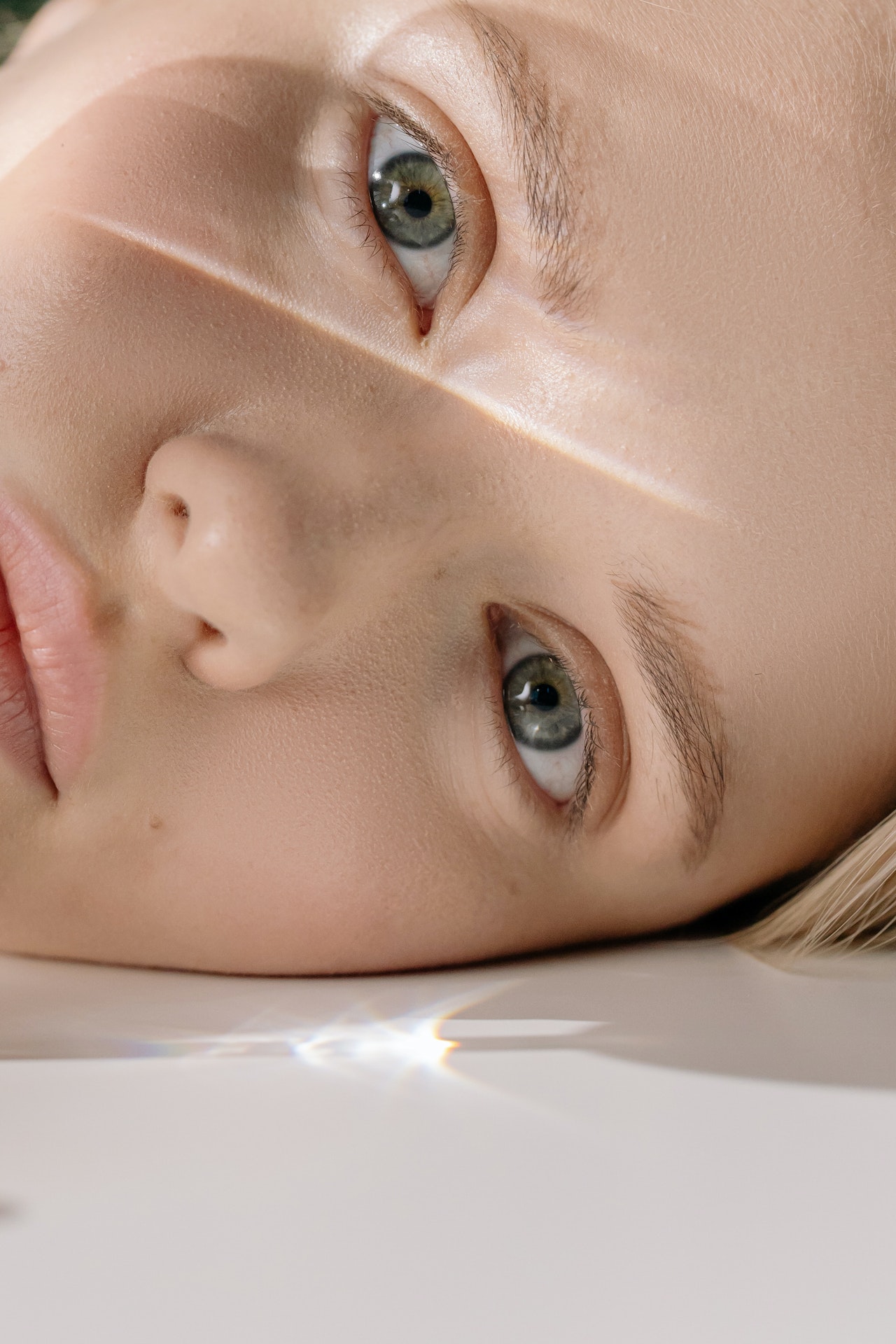We often take for granted the wonders of the human eye—it not only grants us the ability to see and appreciate our environment, but also provides us with a host of other benefits. However, what we can’t see is just as important, if not more so. From radiation to infrared light and beyond, there is much that goes unnoticed by even the most powerful optical instruments.
In this blog post, we’ll explore some of these phenomena that are hidden from view and examine how they impact our lives. From medical imaging and astronomy to nuclear energy and military applications, understanding what lies beyond the spectrum of visible light is essential for appreciating the world around us.
What the human eye can see
There are a lot of things that the human eye can’t see. For example, we can’t see ultraviolet or infrared light. We also can’t see very small things, like atoms, and we can’t see very large things, like galaxies. We also can’t see things that are happening very fast, like lightning.
What the human eye can’t see
There are many things in our world that we cannot see with our own eyes. This includes things like germs, bacteria, and viruses. We also can’t see the air we breathe or the waves in the ocean. There are things called “invisible” objects, which are things that we can only see with special tools or devices.
Click here to check some attractive looks of Eyes: Sanpaku Eyes attractive
The different types of light
There are many types of light that the human eye cannot see. For example, infrared light is invisible to us, but it can be detected by special cameras. Ultraviolet light is also invisible, but it can cause sunburns.
Some animals can see types of light that we cannot. For example, bees can see ultraviolet light, which helps them find nectar in flowers. Some snakes can sense infrared light, which helps them detect warm-blooded prey.
How the human eye sees color
When light waves hit an object, some of the waves reflect off the object and into our eyes. Our eyes have special cells that sense these waves and send messages to our brains about what color we see.
The human eye can see a lot of different colors, but not all of them. The retina, which is the back part of the eye, has two types of cells that sense light: rods and cones. Rods are very sensitive to light but can only see black, white, and gray.
Cones are less sensitive to light but can see all the colors of the rainbow: red, orange, yellow, green, blue, and violet.
There are three types of cones in our eyes: red cones, green cones, and blue cones. Each type of cone responds best to a different color. Red cones are most sensitive to red light; green cones are most sensitive to green light; and blue cones are most sensitive to blue light. All the other colors are made by mixing these three primary colors together in different amounts.
For example, orange is made by mixing red and yellow together; purple is made by mixing red and blue together; and brown is made by mixing all three primary colors together.
When light hits an object, some of the light waves reflect off the object and into our eyes. The retina (the back part of the eye) has two types of cells that sense light—rods and cones.
Why the human eye can’t see certain colors
There are a variety of reasons why the human eye can’t see certain colors. One reason is that some colors simply don’t exist within the visible spectrum. For example, infrared light is outside of the visible spectrum and therefore invisible to human eyes. Other colors may be beyond our ability to see them due to limitations in our physiology. For example, some animals can see ultraviolet light, which is outside of the visible spectrum for humans. Finally, some colors may be difficult or impossible to see under certain circumstances, such as when there is not enough light for our eyes to register them.
For more information visit our page: Sanpaku Eyes Attractive
How to improve your vision
The human eye is an amazing organ, but it has its limitations. There are things that our eyes cannot see and things that we can see but only with the help of technology. Here are some tips on how you can improve your vision.
1. Get a comprehensive eye exam. This is the best way to find out if you have any vision problems that need to be corrected.
2. Eat a healthy diet. Eating foods that are rich in vitamins and minerals can help improve your vision.
3. Exercise regularly. Exercise helps to improve blood circulation and can also help to reduce stress, which can impact your vision.
4. Take breaks from looking at screens. If you spend a lot of time looking at screens, take breaks every 20 minutes or so to give your eyes a rest.
5. Make sure you’re getting enough sleep. Getting enough sleep is important for overall health and can also help improve your vision.
Conclusion
We have explored what the human eye can and cannot see, covering a wide range of topics from ultraviolet light to infrared radiation. Our understanding of the limitations imposed on our sight is valuable as it allows us to appreciate just how powerful our eyes are and how much of this world remains hidden from us. It also encourages us to use different tools such as microscopes and telescopes in order to gain a better insight into this fascinating universe we inhabit.








